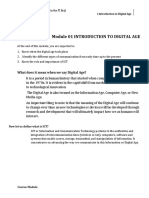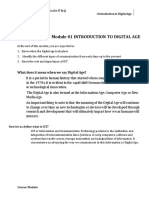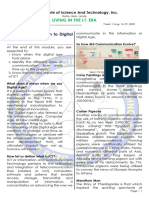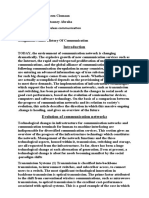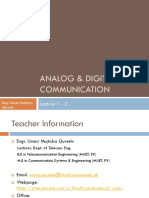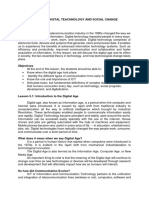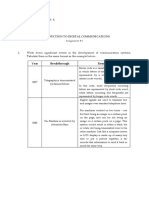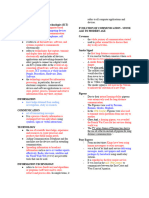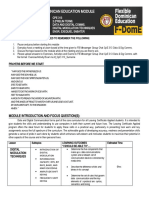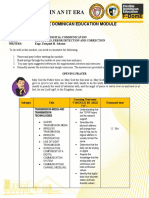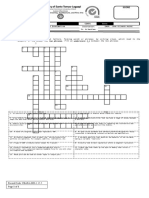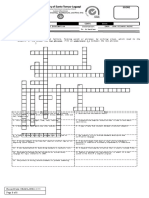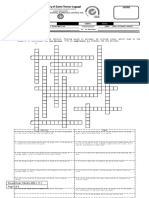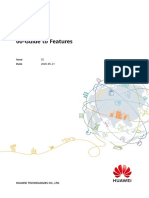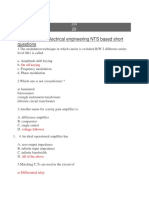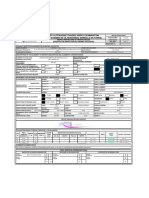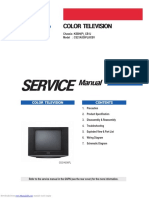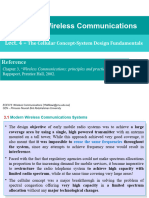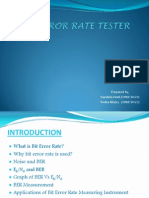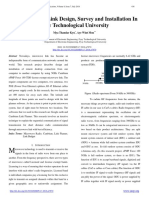0% found this document useful (0 votes)
93 views29 pagesIT Era: Data Communication History
The document provides an overview of the history of data communication, beginning with the telegraph invented by Samuel Morse in 1844, allowing for real-time long-distance communication using Morse code. It then discusses the telephone invented by Alexander Graham Bell in 1875, enabling real-time transmission of speech. Finally, it covers the development of error protection coding techniques to detect and correct errors that occur during digital data transmission through noisy channels. The popularization of computers and the creation of the Internet in the 1980s marked a major evolutionary step, connecting people worldwide and accelerating the flow of information on a global scale.
Uploaded by
RichardsCopyright
© © All Rights Reserved
We take content rights seriously. If you suspect this is your content, claim it here.
Available Formats
Download as DOCX, PDF, TXT or read online on Scribd
0% found this document useful (0 votes)
93 views29 pagesIT Era: Data Communication History
The document provides an overview of the history of data communication, beginning with the telegraph invented by Samuel Morse in 1844, allowing for real-time long-distance communication using Morse code. It then discusses the telephone invented by Alexander Graham Bell in 1875, enabling real-time transmission of speech. Finally, it covers the development of error protection coding techniques to detect and correct errors that occur during digital data transmission through noisy channels. The popularization of computers and the creation of the Internet in the 1980s marked a major evolutionary step, connecting people worldwide and accelerating the flow of information on a global scale.
Uploaded by
RichardsCopyright
© © All Rights Reserved
We take content rights seriously. If you suspect this is your content, claim it here.
Available Formats
Download as DOCX, PDF, TXT or read online on Scribd
/ 29


